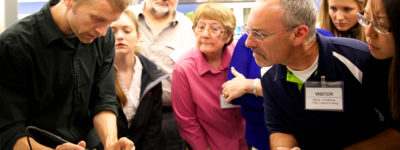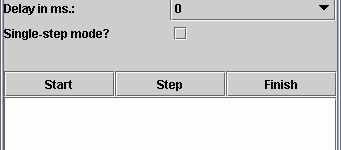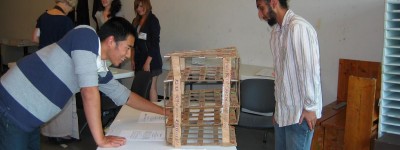Creating Education Materials?

Creating education materials?
Are you, your students, or other colleagues creating teaching materials, posters, or other products for this project? Please use our Project Feed 1010 logo and share your final materials with us at projectfeed1010@systemsbiology.org! We would love to showcase your hard work and provide resources for others. Read More about “Creating education materials?”…
Teacher Opportunities

Teacher Opportunities
As part of Systems Education Experiences, we offer many opportunities for professional development for high school teachers. Read More about “Teacher Opportunities”…
Cell Phone Simulation

Cell Phone Simulation
Typically, Cytoscape is used to visualize and integrate molecular interaction networks with various data, such as gene expression profiles. Read More about “Cell Phone Simulation”…
High School Intern Sites

Student Intern Sites
These webpages were developed by the summer high school interns each year. To learn more about the program see our High School Internship information page. Read More about “Student Intern Sites”…
Collaborations

Collaborations
Many collaborations have been formed to develop and test high school instructional materials that portray today’s practice of science. Read More about “Collaborations”…
Dynamic DNA Course

Dynamic DNA Summer Course
Through combining the NSF funded curricula created at NWABR and the Baliga Lab, Puget Sound area students learned about today’s science concepts, techniques, and careers. Read More about “Dynamic DNA Summer Course”…
How to Use a Hemocytometer

How to Use Hemocytometer
Video project for the Institute for Systems Biology Baliga Lab interns. Learn how to use hemocytometer. Read More about “How to Use Hemocytometer”…
Standards Addressed
Standards Addressed
These modules are created based on National and WA State Standards.
For more information on which standards are addressed please see the appropriate link AND please also see the sections on “What Students Learn” and “What Students Do” within each module page. Read More about “Standards Addressed”…
